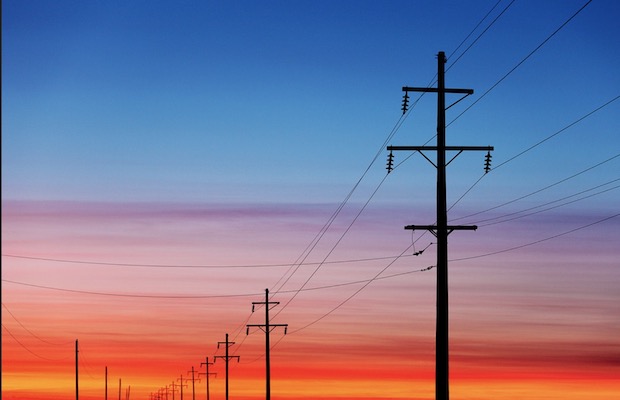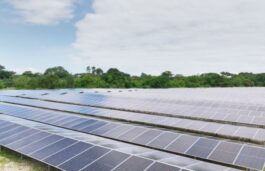
The Powergrid Corporation of India (PGCIL) recently came up with a detailed proposal for developing a transmission system for the evacuation of power from potential solar and wind energy zones in the western region.

The corporation agreed on the proposal during the first Western Region Standing Committee on Transmission (WRSCT) meeting. Subsequently, a petition was filed to CERC for grant of regulatory approval for execution of the above transmission system. The department has revealed the entire scheme for the proposed system along with its justification, estimated cost and its tariff impact, results of the system studies and study assumptions. It has also opened the proposal for comments from industry stakeholders until June 7, 2019.
The Government of India had set a target for establishing 175 GW renewable capacity by 2022 which includes 100 GW Solar, 60 GW Wind generation capacity. The Ministry of New and Renewable Energy (MNRE) had devised a sub-committee to identify ISTS connectivity for renewable energy projects from potential solar energy zones (SEZs) and potential wind energy zones (WEZs) of about 50 GW and 16.5 GW respectively.
To bolster energy and transmission efficiency in the country, the MNRE and PGCIL started the Green Energy Corridor program to evacuate renewable energy from power surplus states to power deficit states. To ease the implementation of transmission infrastructure, it has been proposed to bifurcate these requirements in two phases. A total of 20GW solar & 9 GW wind projects has been planned in Phase-I (up to Dec’2020) and 30 GW solar & 7.5 GW wind has been planned for Phase-II (December ‘2021).
In the first meeting of the WRSCT held on September 5, 2018, a number of transmission programs for the evacuation of power from potential solar and wind energy zones worth 10.5 GW (7.5 GW wind under Phase- I & II and 3 GW of solar under Phase-I) were agreed to.
The transmission system associated with renewable energy generation in Gujarat (Wind: Bhuj II 2,000 MW, Lakadia 2,000 MW, and Dwarka 1,500 MW solar: Lakadia 2,000 MW) and Maharashtra (wind: Osmanabad 2,000 MW and solar: Solapur 1,000 MW) was also agreed to. The transmission system to evacuate 16.5 GW (7.5 GW of wind and 3 GW of solar, with an additional evacuation of about 6 GW of wind power from Bhuj and Bhachau) has been proposed by PGCIL. Connectivity has already been granted for 7,790 MW, and long-term access has been approved for 5,889.5 MW with 1,500 MW as firm capacity, per a statement by PGCIL.
The annual transmission charges for the subject scheme with an estimated cost of about Rs 5641.3 crore shall be about Rs 959 crore. The above transmission system shall enable the transfer of about 10,500 MW of power from the various RE generation projects in the potential wind (7.5 GW) and solar (3 GW) energy zones in Gujarat & Maharashtra.
The tentative transmission tariff shall be about Rs. 0.44/Unit. If we consider the cheapest rate of energy at Rs 2.5 per unit on the conservative side then the total annual energy cost comes out to be about Rs 5420 crore. In other words, the system proposed under the subject scheme whose annual transmission charges is of Rs 959 crore shall enable ISTS grid to handle energy whose cost is of the order of Rs 5,420 crore (i.e. ~5.7 times the transmission cost). Hence the subject scheme shall be a good proposition from Cost-benefit point of view.
For more information click here.



























